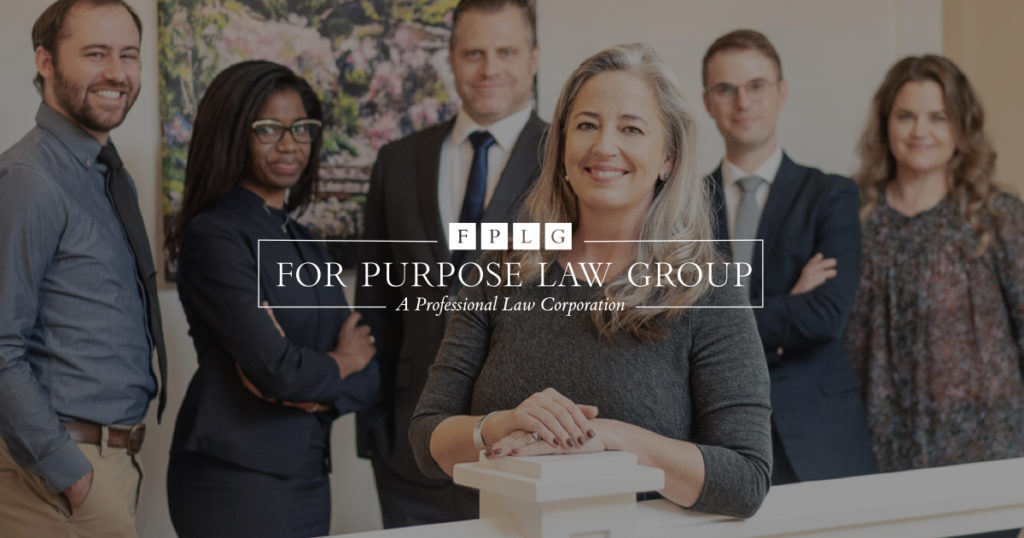
Major Overhaul of Federal Grantmaking Practices
04.24.2024 | Linda J. Rosenthal, JD

It was the Monday morning after a hugely successful weekend fundraiser.
The executive director of the nonprofit drug-recovery facility arrived early at her office — eager to start implementing new programs now possible because of the generosity of donors. Her mood changed abruptly, though, when a prominent local attorney called.
A volunteer from the gala’s steering committee had taken it upon himself to post event photos on the organization’s Facebook page. There — for all the world to see — was an image of the lawyer’s client, identified as a former drug addict who had benefited from the program and become an enthusiastic supporter.
The client was humiliated. He was angry. He wanted the photos and references taken down immediately. There was talk of a lawsuit and sizable damages.
It was one of those days when the ED regretted her decision to go full-steam-ahead with the group’s plunge into the social media maelstrom.
Meanwhile, across town, the CEO of an environmental charity was tearing her hair out. The Chairman of the Board of Directors was at it again.
Active on social media, the man proudly listed his affiliation and deep connection with the organization on his personal accounts. He regularly posted about environmental issues. Sometimes, though, his passion for the cause clouded his judgment. Today’s rant was about a politician who opposed the group’s objectives; the Chairman denounced the official and endorsed the opponent in the upcoming election.
The CEO was worried. Could the Chairman’s flashy and very public jump into the political waters jeopardize this nonprofit’s tax-exempt status?
Is social media worth this kind of trouble?
The short answer is yes! But, there’s a caveat. You need to develop and implement clear guidelines for everyone associated with your group.
Don’t Let the Possible Downsides Deter You
Nonprofits are already leaders in social media. The philanthropy world quickly grasped the potential value: An active online presence is a terrific boon to achieving organizational missions. And for smaller charities, it helps level the playing field with larger, established ones — for publicity, for supporters, and for fundraising dollars.
But the key to averting nail-biting crises like the two hypotheticals here is to develop a comprehensive social media policy.
Not someday. Not when you find the time. Now.
Put it in writing — and educate your board members, staff, key volunteers, and major donors to recognize and sail around the dangers.
Take the First Step: Good Planning
Certain social media risks apply to all types of entities: government, for-profit, and nonprofit. But there are some dangers unique to 501(c)(3), tax-exempt organizations.
Begin by researching other nonprofits’ social media handbooks to identify the perils your organization may face. Fortunately, there are many good examples online.
Potential Legal Hazards are Wide-Ranging
In later posts, we’ll discuss a number of specific areas of concern. Here are just a few examples:
Conclusion
In social-media policy manuals, one size doesn’t fit all. The many exemplars from organizations that have already adopted written guidelines are helpful, but they must be carefully customized for each nonprofit.
The clear benefits to a nonprofit of establishing and maintaining an active social media presence can be gone in a flash by preventable mistakes that create public relations headaches and legal disasters. So take action now to head off these problems.
